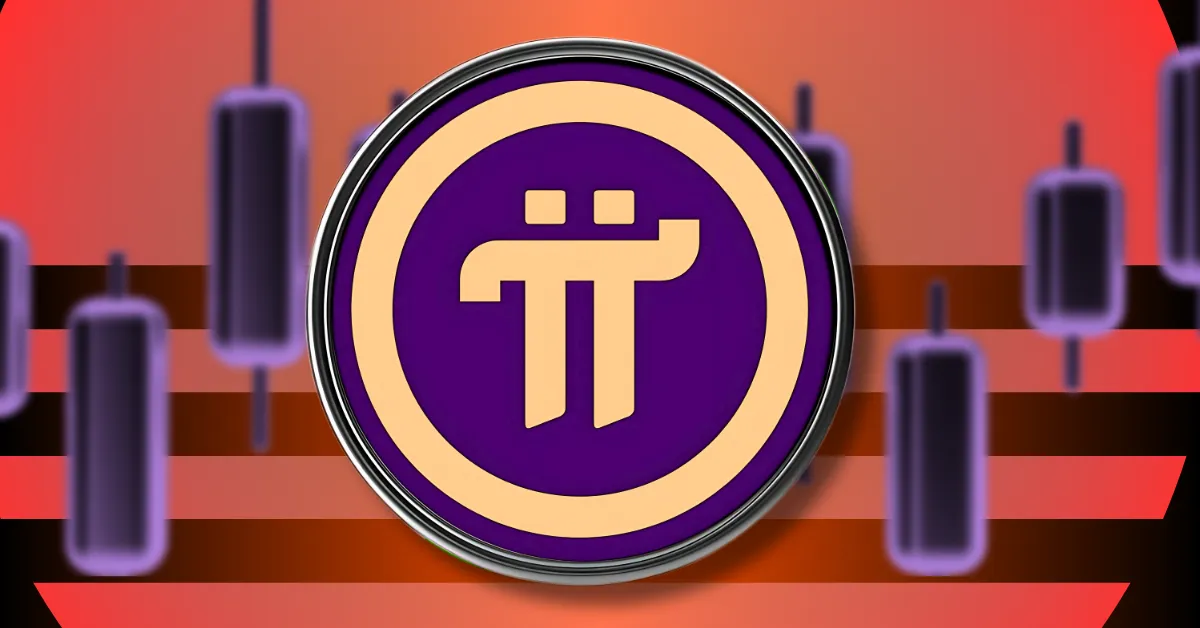Analyzing the Potential of Pi Network’s Price Reaching $10: Market Realities, Community Optimism, and Future Outlook
Introduction
The Pi Network cryptocurrency, known as Pi Coin (PI), has garnered considerable attention since its inception, claiming a large user base and ambitious price targets. Among the most discussed milestones is the possibility of Pi reaching a $10 price per token—a figure that many within the Pi community see as plausible, while many experts offer more cautious or divergent views. This analysis synthesizes the various perspectives, market data, and key factors influencing Pi’s price trajectory, to offer a comprehensive understanding of whether hitting $10 is realistic and under what conditions it could occur.
Pi Network’s Current Market Standing
As of mid-2025, Pi’s price oscillates near the $0.60 to $1.90 range, with volatility driven by recent market events. The token recently experienced a bounce back from lows around $0.40 to approximately $0.60, combined with a market capitalization registering in the several billion-dollar range—numbers fluctuating around $4.1 billion as per some data points.
This relatively large market cap is noteworthy given Pi’s absence from many top-tier exchanges. However, on-chain behaviors illustrate diminishing trading volumes dropping by more than 40% in recent weeks, signaling waning investor enthusiasm. While Pi has unique momentum divergent from broader cryptocurrency trends (noted surge percentages over recent months), this volatility underpins the uncertainty surrounding its valuation.
Community Size and Its Implications
One of Pi Network’s standout advantages is its massive user community, often cited as exceeding 70 million registered users (“Pioneers”). This vast network offers significant potential if leveraged effectively for real-world adoption, payment usage, or decentralized app (DApp) development within the ecosystem. The underlying hypothesis shared by Pi proponents is that a strong user base can translate to increased utility, liquidity, and therefore price appreciation.
However, large user numbers alone do not guarantee price growth. Critical factors include user engagement levels, active transactional use of Pi tokens, network decentralization, and overall integration into commercial or financial processes. Reduced daily trading volumes suggest that despite many users, active market participation may be limited, hampering organic demand-driven price growth.
Price Forecasts and Expert Opinions
Forecasting Pi’s price is subject to wide variation, reflecting speculative dynamics and infrastructural maturation. Various projections exist:
– Short- to mid-term (2025–2026): Some optimistic forecasts suggest a potential surge nearing $1.90 to $5, contingent upon exchange listings, network maturation, and increased adoption. Technical analysis cites key resistance points near $2, hinting that breaking these could unleash momentum toward higher targets, including $10.
– Long-term (2027–2030 and beyond): More tempered analyses suggest that $10 is achievable but likely tied to successful deployment of scalable applications like PiAds and DApps, mainstream adoption, and robust ecosystem growth. Predictions extending as far as 2045 foresee $10 as a realistic price milestone when factoring compound adoption effects and potential market cycles.
Notably, some skepticism is expressed by experts who compare Pi’s ambitious price targets to its current supply metrics, market capitalization, and the challenges of sustaining demand in a competitive crypto environment.
Key Factors Influencing Pi’s Price Trajectory
A major catalyst for Pi’s price appreciation is potential listings on leading cryptocurrency exchanges such as Binance or Coinbase. Speculation of such listings has coincided with price rallies, as easier market access typically offers enhanced liquidity and investor confidence.
The degree to which Pi transitions from a mining-focused token into a widely used digital currency plays a crucial role. Real-world merchant adoption, integration into payment systems, and expansion of use cases increase transactional volume and demand, driving price.
Price targets like $10 demand careful control over supply dynamics. The Pi Network’s tokenomics include mechanisms such as halving mining rewards as user base milestones are hit, which could theoretically tighten supply. However, the total supply and distribution policies must balance incentivization with scarcity to avoid price dilution.
Social media buzz, endorsements (even parodic ones like fake Elon Musk accounts), and community hype can cause short-term spikes. Yet, such factors are unreliable determinants for sustained growth and may lead to price volatility.
Chart analysis indicates key resistance and support levels near $1.90 and $2, which if surpassed with volume, could trigger rallies toward $5 or higher. Conversely, failure to break resistance heightens risk of retracements.
Comparative Cases and Contextual Benchmarks
Comparisons to cryptocurrencies like Dogecoin illustrate that tokens with large, engaged communities can achieve surprising valuations despite limited intrinsic utility. Dogecoin’s rise to $0.70 at peak popularity provides a social proof argument supporting Pi’s aspirational $10 goal, albeit at a much higher price point.
Conversely, the Pi Network’s current absence from major exchanges and limited trading volume contrast against tokens with proven market liquidity, suggesting it must overcome significant hurdles before matching such feats.
Realism vs. Optimism: Balancing Expectations
While a $10 price is not impossible, current realities indicate several challenges:
– Scaling the ecosystem to increase active transactions.
– Securing listings on major crypto exchanges.
– Sustaining community engagement beyond mere registration numbers.
– Managing token supply effectively to avoid oversaturation.
Without these, reaching the $10 valuation remains speculative and may be years away, potentially post-2030 according to some models.
Conversely, short-term rallies driven by speculation, strategic announcements, or network upgrades can temporarily boost price, fueling community enthusiasm.
Concluding Thoughts: A Nuanced Outlook on Pi Coin’s $10 Target
Pi Network’s journey from a novel mined cryptocurrency to a potentially valuable digital asset involves numerous variables. Its strong global community base forms a promising foundation, but translating that into material price increases up to $10 per token demands broader adoption, infrastructural growth, and market validation through exchange listings and real-world utility.
Current market data reveal volatility and investor caution, with declining trading volumes posing a warning sign alongside positive momentum signals. Projections placing $10 within a near timeframe (2025-2027) depend heavily on “perfect storm” conditions—simultaneous network growth, robust ecosystem activation, and favorable market access. Conversely, more conservative assessments suggest longer horizons.
Ultimately, Pi’s ability to become a mainstream digital currency with scalable applications will directly influence its price trajectory. Investors and community members should weigh enthusiasm against empirical indicators and remain mindful that while the $10 target is an aspirational beacon, its realization hinges on multiple complex, interrelated factors unfolding successfully over time.





